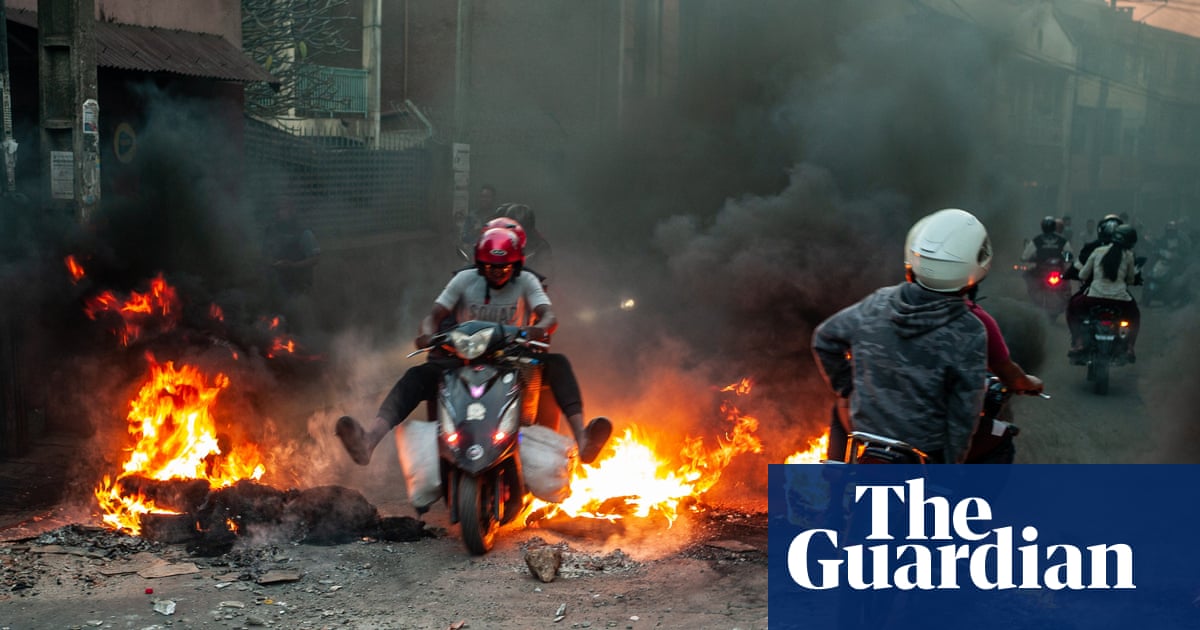Madagascar Rocked by Deadly Youth Protests, Government Dissolved
Madagascar's youth-led protests against utility cuts turned deadly, causing at least 22 deaths and over 100 injuries, prompting President Rajoelina to dissolve the government.
Subscribe to unlock this story
We really don't like cutting you off, but you've reached your monthly limit. At just $5/month, subscriptions are how we keep this project going. Start your free 7-day trial today!
Get StartedHave an account? Sign in
Overview
- Youth-led protests erupted across Madagascar, including the capital Antananarivo, initially sparked by grievances over electricity and water cuts.
- The demonstrations escalated into deadly unrest, with at least 22 people killed and over 100 injured in clashes, as reported by the United Nations.
- Security forces responded violently to the protests, contributing to some deaths, while other casualties resulted from violence and looting by unrelated gangs.
- In response to the escalating crisis, President Andry Rajoelina fired the prime minister and dissolved the government, also imposing a nighttime curfew.
- Thousands of protesters continue to demand President Rajoelina's resignation and new elections, returning to the streets after the government's dissolution.
Report issue

Read both sides in 5 minutes each day
Analysis
Center-leaning sources frame this story by emphasizing the severity of the crisis and the government's heavy-handed response to legitimate public grievances. They highlight the "deadly unrest" and "chronic" failures, using UN reports to condemn security forces' "violent response" and "unnecessary force," while giving less space to the government's detailed perspective on the situation.
Articles (5)
Center (2)
FAQ
The protests were primarily sparked by chronic electricity and water cuts affecting daily life, with youth also denouncing difficult living conditions and demanding equitable study opportunities.
President Andry Rajoelina dissolved the government and fired the prime minister, imposed nighttime curfews in major cities, and planned a review and reform of governance.
At least 22 people were killed and over 100 injured in clashes involving security forces and unrelated gangs, according to the United Nations human rights office.
Security forces responded with violent measures including the use of tear gas and firearms, which contributed to some of the deaths and injuries during the protests.
Protesters continue to demand the resignation of President Rajoelina and call for new elections, maintaining pressure through ongoing demonstrations.
History
- This story does not have any previous versions.




